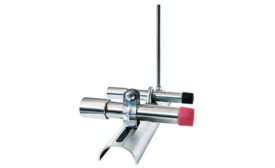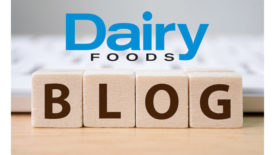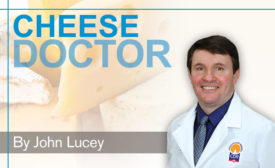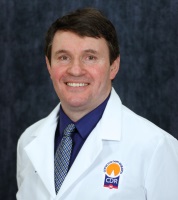Home » Keywords: » hygienic design
Items Tagged with 'hygienic design'
ARTICLES
EQUIPMENT SHOWCASE
Equipment suppliers highlight the latest solutions in cleaning and sanitation equipment
May 30, 2024
Are your piping installers seeing the whole picture?
While they focus on consumer safety, piping installers could inadvertently put your workers at risk.
December 17, 2021
3-A SSI announces project to revise 3-A Sanitary Standard for General Requirements
This standard defines the general requirements for sanitary equipment intended for processing milk, milk products, foods, food ingredients, beverages or other edible materials.
September 22, 2021
Take a holistic approach to a hygienic design plan
Companies should look beyond design and include all policies and programs that affect cleanability and inspectability.
July 28, 2021
Create an effective preventive controls plan
Equipment design criteria for processing equipment play an indispensable role.
May 7, 2021
Distance training in the COVID-19 era
Members of the 3-A SSI community share how the coronavirus pandemic affected their operations trainings.
February 10, 2021
Fend off bacteriophage in cheese plants
Certain preventive measures can reduce phage presence.
January 12, 2021
Understand key 3-A Sanitary Standards terms
Equipment must be cleanable, readily accessible and substantially flush.
December 10, 2020
Avoid top food safety issues in cheese plants
A proper facility design, environmental monitoring programs are key
August 22, 2019
Stay ahead of the curve. Unlock a dose of cutting-edge insights.
Receive our premium content directly to your inbox.
SIGN-UP TODAYCopyright ©2025. All Rights Reserved BNP Media.
Design, CMS, Hosting & Web Development :: ePublishing








